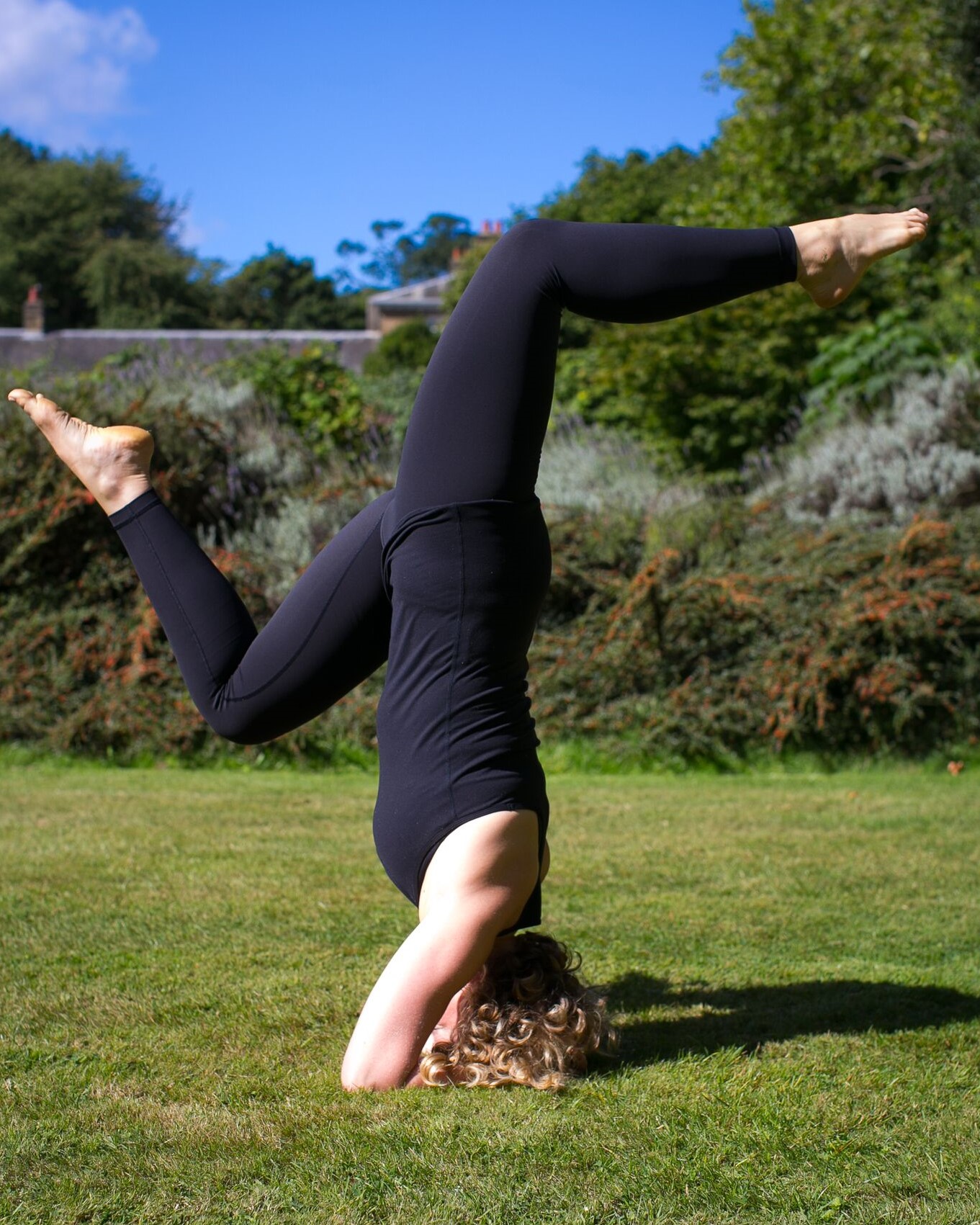Fear
 Fear is a tricky emotion. Unlike joy or anger, it can be difficult to pinpoint the cause and more often than not, we work to suppress our fear because it’s unsettling, uncomfortable and unpleasant.
Fear is a tricky emotion. Unlike joy or anger, it can be difficult to pinpoint the cause and more often than not, we work to suppress our fear because it’s unsettling, uncomfortable and unpleasant.
Fear can be useful – it keeps us safe and helps us avoid injury and death. A little fear when stepping outside of our comfort zone can help us stay alert, present and in tune with our surroundings. But fear can overtake and limit our experiences – it can overshadow and inhibit our desires and keep us small. And we can even become fearful of feeling our fear, so we work to suppress the whole feeling, never really letting it in, and in doing so, it grows and looms behind us, fulling our peripheral vision until it surpasses everything that isn’t in our direct line of sight – a large dark cloud, following us everywhere and in everything.
The funny thing about fear, is that the more we confront it head on, the smaller it becomes. Getting to the root cause of a looming fear allows us to understand what it really is that is limiting us. And sitting with our fear and allowing it to fill us up, can demonstrate how, in reality, the fear isn't as big as we thought. Seeing it only in the back of our minds allows it to grow and expand until it overwhelms and envelops our minds and our decisions. Inviting the fear in, and offering it an audience allows us to address the root cause (which allows us either to take action to change the situation or come to terms with it if it is unchangeable), and the root cause is usually much smaller than we imagine.
Elizabeth Gilbert talks about inviting fear along with her on journeys but relegating the fear to the back seat, and although it’s along for the ride, fear is never allowed to speak or choose the direction of the adventure. Inviting it rather than fighting it ensures that we are driving, rather than being driven by our fear.
A practice for addressing fear:
Sit quietly for a few minutes, letting the body settle.
Focus on a particular and relevant fear, and allow the emotion of fear to inhabit the body – which area of the body does it impact most? Where and how do you feel it? What is the physical reaction?
Sit in that place of discomfort for a few moments, getting comfortable with the unease.
When the unease settles, start visualising beyond the fear. For example, the fear of public speaking is profound for some. So visualise the start of a speech in front of a large crowd of people. Imagine the worst thing possible to happen in that situation. How would that feel? What would be the outcome. Feel it in the body and sit with that feeling until there is a sense of familiarity with that sensation.
Just like the muscles in our body, we can train ourselves to increase our emotional resilience. The practice of yoga and meditation allows us to get comfortable feeling uncomfortable, and in the continued practice of feeling uncomfortable, we increase our emotional, physical and mental capacity to be able to deal with discomfort, the pain and the fear.
I once went to a yoga workshop with yoga teacher Kathryn Budig, and something she said stuck with me and made a profound difference on how I viewed life, and also fear: “All choices and events can be broken down two ways – into love or fear. In knowing that, we can choose love. Always choose love.”
Sit with the fear, invite it in and get used to it. Use it as a way to differentiate your choices - and then always choose love.
How do you deal with fear? I'd love to hear about it - let me know in the comments or find me on instagram @laurenewilkie
